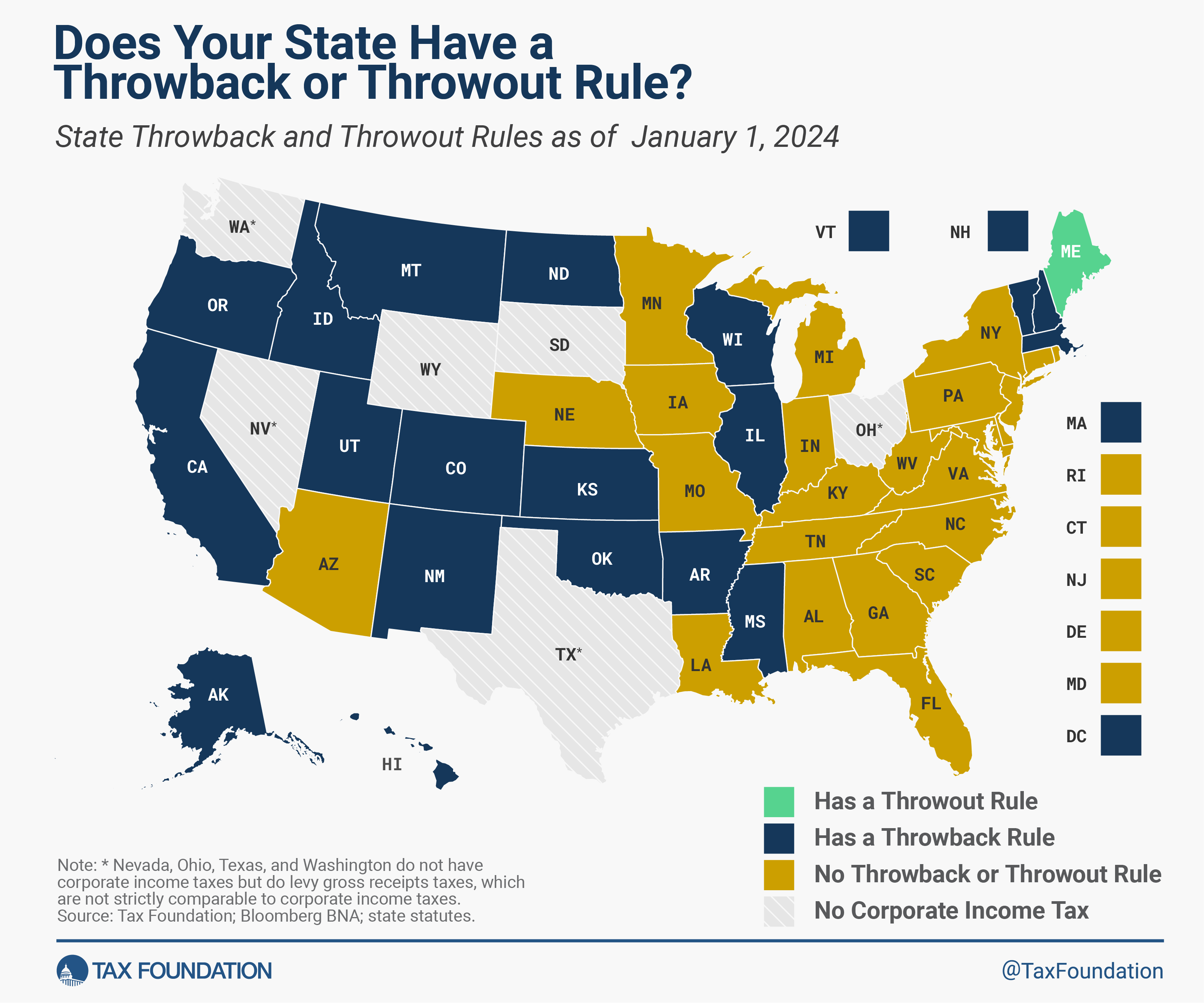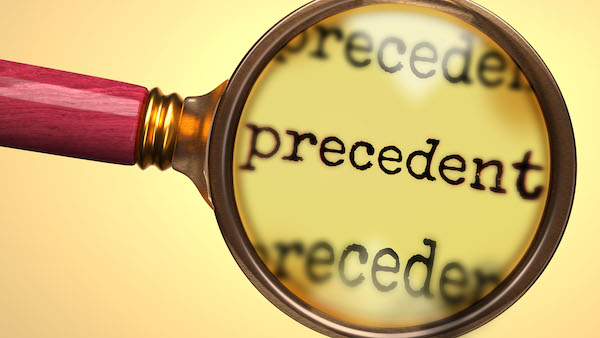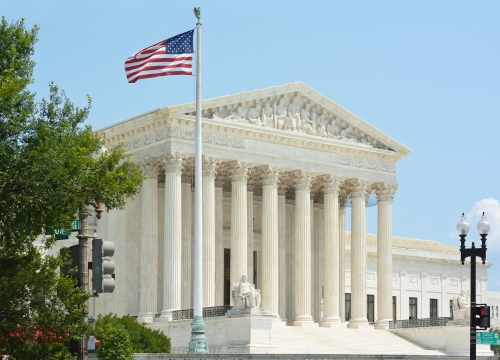Marketing Partnerships with Olympic Athletes: Is it Worth the Effort for Cannabis Brands? | Stinson LLP
As the 2024 Paris Olympics draws near, many brands are eager for an opportunity to partner with Olympic athletes to enhance brand visibility and grow market share in competitive industries. In particular, brands participating in the commercial adult-use or medical cannabis industries may see the Paris Olympics as a unique opportunity to be among the first associated with a unifying, inspirational international athletic completion, all while reaching a substantial and diverse audience of consumers. However, the requirements for any brand to officially partner with an Olympian, coupled with steep legal considerations and stigma unique to adult-use and medical cannabis – not to mention anti-doping requirements for Olympic athletes – can deeply complicate the process. While it makes sense that cannabis brands would be interested in a partnership with an athlete competing on the world stage, they will likely see very little payoff for their troubles.
Any organization or brand interested in sponsoring an Olympic athlete in the United States must apply for U.S. Rule 40 permission and complete the U.S. Olympic & Paralympic Committee (USOPC) Personal Sponsor Commitment. Rule 40 is an eligibility rule established by the International Olympic Committee (IOC) in 1991 with the intention of “maintaining the unique and universal competitive environment offered by the Olympic Games.” The U.S. Rule 40 guidelines identify permissible and impermissible advertising activities for Olympians and their sponsors, which are designed to combat over-commercialization. The IOC and the USOPC have also created strict marketing guidelines that are enforced by each participating country’s National Olympic Committee to control how a brand may advertise their relationship with an Olympic athlete.
For example, the marketing materials published by brands which are not official Team USA or Olympics partners may not contain any registered trademarks of the Olympics or Olympic logos and taglines. Materials are also prohibited from implying that the brand or product enhances an athlete’s performance or participation in the Olympic Games. An additional challenge for cannabis brands includes IOC guidance and key principles that explicitly call for brand advertising associated with the Paris Games to be consistent with “the Olympic Movement or the relevant [National Olympic Committee], for example: prohibitions on sponsorships in connection with tobacco, prohibited drugs and other categories.”
The placement of cannabis on the World Anti-Doping Agency’s (WADA) prohibited substances list also suggests that the USOPC and National Olympic Committee would place higher scrutiny on any potential partnership between an athlete and an adult-use or medical cannabis brand. The WADA prohibited substances list identifies substances which competing athletes are prohibited from using both in and out of competition. WADA determines whether a substance is placed on its prohibited list based on three factors:
- Substance has the potential to enhance or enhances sport performance.
- Substance represents an actual or potential health risk to the athlete.
- Substance violates the spirit of the sport.
If a substance meets two of the three factors, then athletes may face sanctions based on their consumption of such substance. The U.S. Anti-Doping Agency and the USOPC are signatories to the WADA code, and both adhere to its prohibited substances list. WADA has recognized that there is uncertainty as to whether cannabis can improve an athlete’s performance, but has firmly concluded that cannabis meets the second and third criteria for prohibition.
According to WADA guidance, with the exception of cannabidiol (CBD), athletes are prohibited from consuming any natural or synthetic cannabinoids in the time leading up to a competition. Depending on the frequency or volume of an athlete’s consumption, indicators of cannabis usage can be detected anywhere between a few days to several weeks after use. If a test performed in an in-competition setting indicates recent or frequent consumption of cannabinoids, an athlete may be subject to sanctions, including suspension for a minimum of one month from competition. Several Olympic teams have also included provisions in their Member Codes of Conduct specifically addressing the possession or consumption of illegal substances. Cannabis is a Schedule I drug under the Controlled Substances Act, and while the federal government has not rigorously enforced the act in states which have legalized adult-use cannabis, the drug still remains federally illegal.
Assuming an adult-use or medical cannabis brand can clear the necessary hurdles to associate itself with an Olympic athlete, there is still no guarantee that a brand will be able to find an enthusiastic representative associated with the Olympic Games. Athletes may reasonably be concerned about the stigma associated with cannabis consumption in sports or worry that navigating the politics of anti-doping policies or the Controlled Substances Act would distract from their performance or create more stress around the Olympic Games than they are willing to take on. Brands interested in partnerships with Olympic athletes must consider the possibility that athletes could be placed in a position where they spend more time and effort defending their partnership with an adult-use or medical cannabis brand than they spend being a successful competitor and effective brand ambassador.
Even if an adult-use or medical cannabis brand partnering with an Olympic athlete can successfully navigate the Rule 40 requirements, anti-doping enforcement and stigma related to consumption of cannabis in sports, the end result still may not be increased brand awareness or improved market share because of cannabis marketing restrictions at the state level. With few exceptions, radio, television, print and online advertising for adult-use and medical cannabis is strictly regulated by state governments. Even in states where adult-use cannabis has been legalized, cannabis brands may only be permitted to engage in advertisement if they can show a reasonable expectation that a large percentage of the audience for the advertisements is over the age of 21. This means that a cannabis brand may not see any return on their financial investment spent establishing a partnership with an Olympic athlete because the audience includes too many underage consumers.
Of note, CBD was removed from WADA’s list of prohibited substances in 2017, and the 2018 Farm Bill legalized the regulated production of hemp while also removing hemp and hemp seeds from the Drug Enforcement Administration’s schedule of controlled substances. These changes have significantly reduced the stigma surrounding athletes’ use of CBD as part of their training and recovery regimen. As a result, athletes are more comfortable promoting the use of CBD products, and sports organizations are forming official partnerships with CBD brands. The success of CBD legalization and companies’ impressive strides in athletic partnerships can make sports marketing an attractive prospect for adult-use and medical cannabis brands. However, absent federal legalization and the creation of uniform, national regulations of adult-use and medical cannabis, as well as the removal of cannabis from the WADA list of prohibited substances, Olympic partnerships and sports marketing for cannabis brands will have to wait for future Olympic Games.






